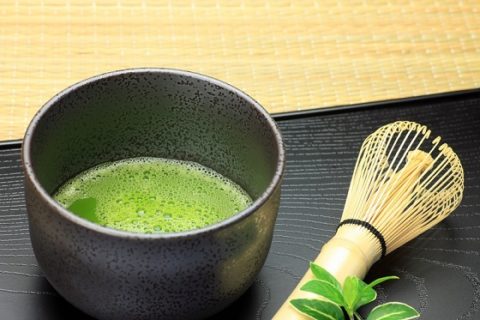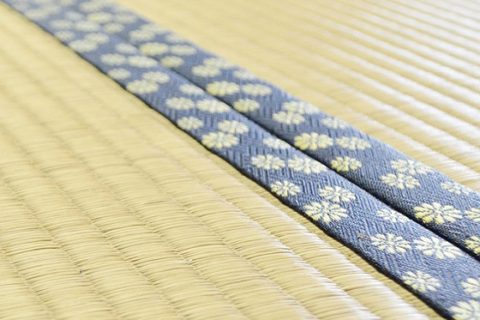CHADO

In Japanese, it is called chanoyu or sadō, chadō, while the manner in which it is performed, or the art of its performance, is called (o)temae.[1] Zen Buddhism was a primary influence in the development of the Japanese tea ceremony. Much less commonly, Japanese tea ceremony uses leaf tea, primarily sencha, in which case it is known in Japanese as senchadō, the way of sencha) as opposed to chanoyu or chadō; see sencha tea ceremony, below.
Tea gatherings are classified as an informal tea gathering chakai, tea gathering) and a formal tea gathering chaji, tea event). A chakai is a relatively simple course of hospitality that includes confections, thin tea, and perhaps a light meal. A chaji is a much more formal gathering, usually including a full-course kaiseki meal followed by confections, thick tea, and thin tea. A chaji can last up to four hours.
KADO

Ikebana (“arranging flowers”) is the Japanese art of flower arrangement, also known as kadō (the “way of flowers”). The tradition dates back to the 7th century when floral offerings were made at altars. Later they were placed in the tokonoma alcove of a home. Ikebana reached its first zenith in the 16th century under the influence of Buddhist teamasters and has grown over the centuries, with over 1000 different schools in Japan and abroad. The most well-known schools are Ikenobo, Ohara-ryū, and Sōgetsu-ryū.
TATAMI

A tatami is a type of mat used as a flooring material in traditional Japanese-style rooms. Traditionally made using rice straw to form the core, the cores of contemporary tatami are sometimes composed of compressed wood chip boards or polystyrene foam. With a covering of woven soft rush (igusa) straw, tatami are made in standard sizes, with the length exactly twice the width, an aspect ratio of 2:1. Usually, on the long sides, they have edging (heri) of brocade or plain cloth, although some tatami have no edging











